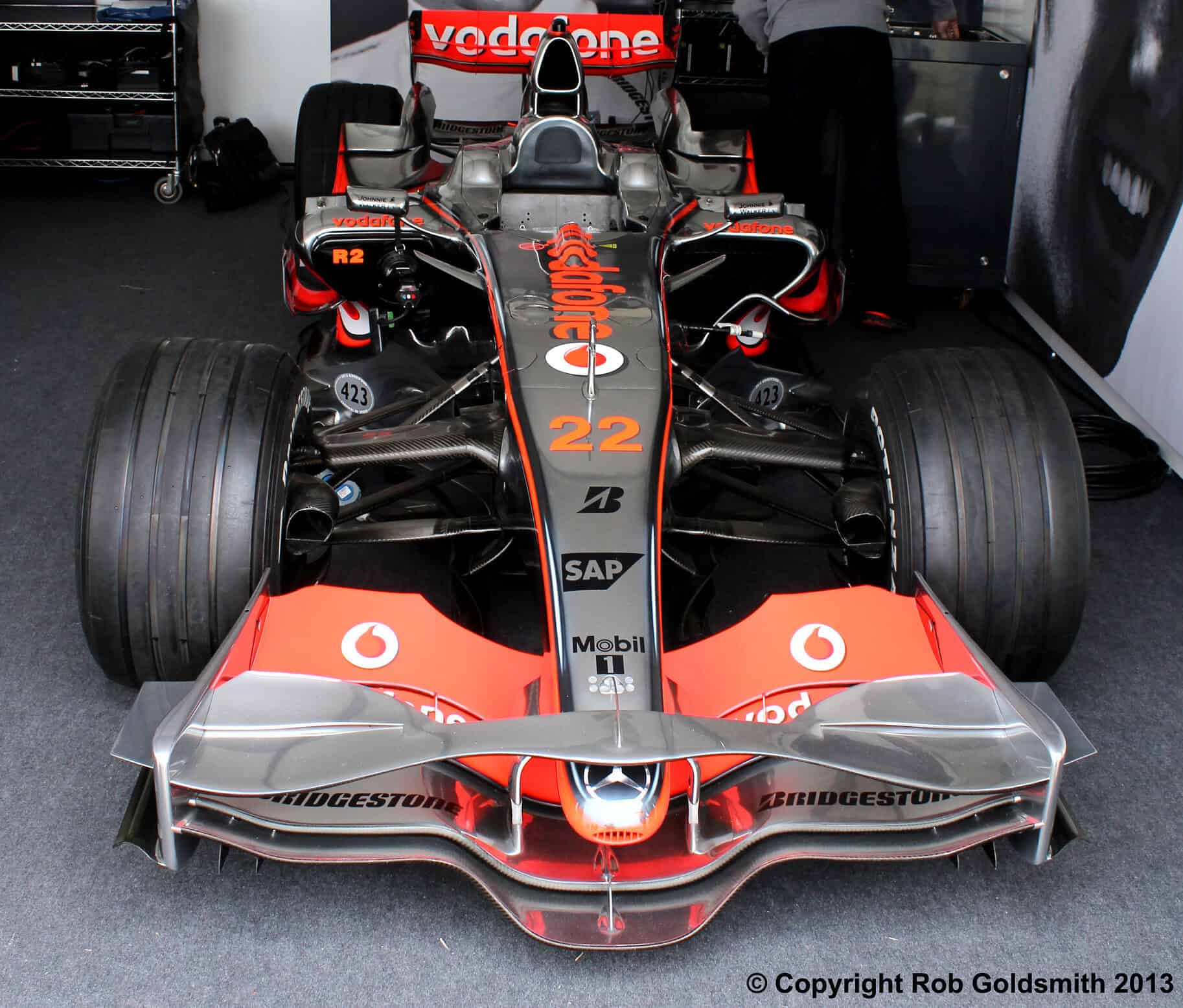University of Arizona Formula Racing club competes nationally
University of Arizona’s Wildcat Formula Racing club journeyed to the 2025 Formula SAE competition, showcasing their engineering prowess in Michigan.
A team of dedicated University of Arizona engineering students recently showcased their innovative spirit at one of the nation’s most prestigious collegiate engineering competitions. After a grueling three-day journey from Arizona to Brooklyn, Michigan, the Wildcat Formula Racing team put their hand-built racecar to the test. The 2025 Formula SAE competition marked the team’s return to competitive racing after a three-year hiatus.

Wildcats compete at Michigan International Speedway
The team secured an impressive 81st-place finish among 144 competing teams, demonstrating remarkable progress in their first competition appearance since 2021. Team member Makena Wheeler, a junior aerospace engineering student, expressed pride in their performance, telling Arizona News, “Our car performed quite admirably. And the competition takes place at Michigan International Speedway, so we spent our time working and walking around an actual racetrack. That was really cool.”
Building from the ground up
The Wildcat Formula Racing club operates on an annual cycle, beginning each August with recruitment and design planning. The team follows strict design requirements for their formula-style vehicle, which must feature open wheels, an open cockpit, and a single-seat configuration.
Wheeler, who leads the frame team, explains their crucial role: “We are responsible for the design, testing and manufacturing of the frame, also known as a chassis. Basically, the skeleton of the car. We want to optimize the frame to be as light as possible, and to allow easy integration of other parts of the car.”
Engineering education meets real-world experience
The project provides invaluable hands-on experience for students across various engineering disciplines. Ella Westhora, a biomedical engineering student, found her niche working on cockpit design and safety systems. “You have to design a car that is not only going to drive, but you also have to integrate a human being into that design,” Westhora explained.
David W. Hahn, Craig M. Berge Dean of the College of Engineering, also highlights the long-lasting educational value of preparing for this competition: “The SAE Formula team experience embodies the hands-on learning we value for our engineering students, while the competition also places a premium on design and analysis, further reinforcing classroom learning.”
This article may have been created with the assistance of AI.



